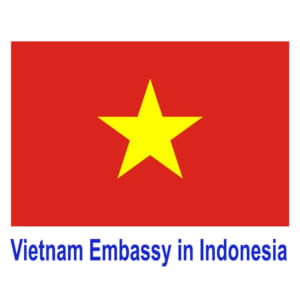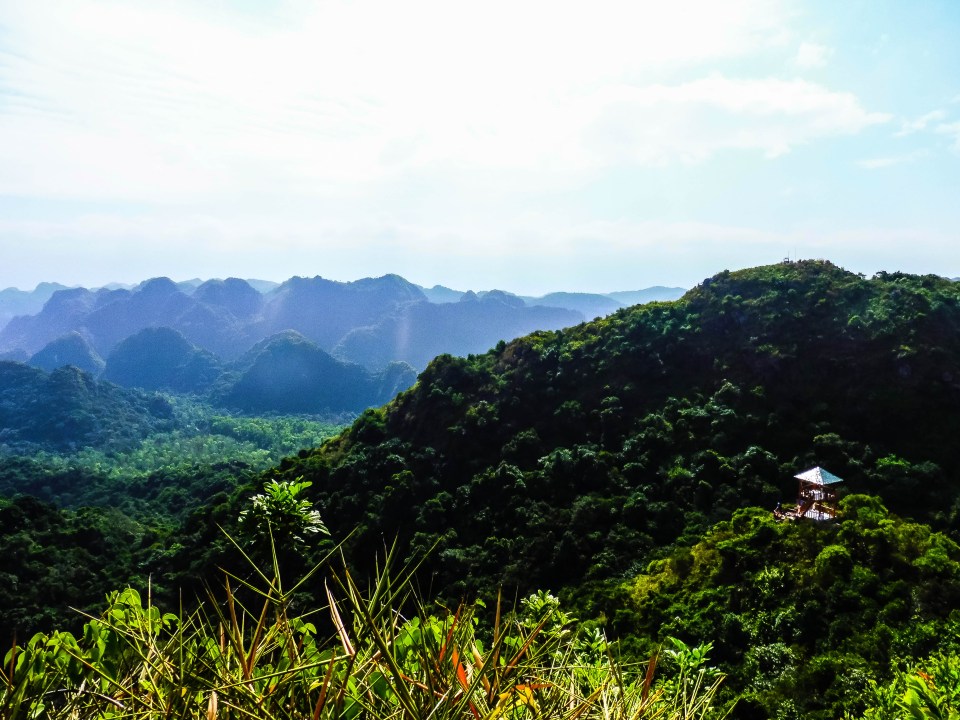
“Exploring Vietnam’s Breathtaking Natural Landscapes: A Journey Through Enchanting Wonders”
Vietnam, located in Southeast Asia, is a captivating and extraordinary land. Its varied terrain, vibrant cultural legacy, lively urban centers, unspoiled coastlines, and historical riches combine to provide travelers with an exceptional and memorable adventure. This piece will guide you through Vietnam’s natural marvels, uncovering its lesser-known attractions and enchanting allure.
Exploring Vietnam’s Rich Cultural Heritage: A Tapestry of Traditions and Customs
Vietnam’s culture is a rich blend of customs and traditions that have been transmitted across generations. From lively celebrations to age-old ceremonies, every part of Vietnamese culture mirrors the nation’s diverse influences and extensive history.
The Influence of Chinese Culture
As neighboring countries, China and Vietnam have a long history of cultural exchange. Over the centuries, Chinese culture has greatly influenced Vietnam, particularly in terms of language, religion, and cuisine.
Vietnam, situated in Southeast Asia, is a fascinating and remarkable country. Its diverse landscape, rich cultural heritage, bustling cities, pristine beaches, and historical treasures come together to offer visitors an outstanding and unforgettable experience. This guide will lead you through Vietnam’s natural wonders, revealing its lesser-known sights and captivating charm.Chinese visitors to Vietnam may find it reminiscent of home, as they encounter familiar customs and traditions, including the observance of the Lunar New Year, known as Tet in Vietnam. This celebration involves family gatherings, feasting, and paying respects to ancestors, much like in China.
Traditional Vietnamese Crafts and Arts
Vietnam is also known for its traditional crafts and arts, which have been preserved and passed down through generations. These include lacquerware, silk weaving, pottery, and wood carving. Visitors can witness these crafts being made by skilled artisans in villages and markets throughout the country.
One of the most famous forms of art in Vietnam is water puppetry, which originated in the Red River Delta region. This unique form of entertainment involves puppets performing on a water stage, accompanied by live music and singing. It is a must-see for any tourist visiting Vietnam.
The Importance of Ancestor Worship
Ancestor worship is an integral part of Vietnamese culture and is deeply rooted in the country’s history and beliefs. It is believed that ancestors continue to play a role in the lives of their descendants, and they are honored and revered through rituals and offerings.
Visitors can witness this tradition at temples and pagodas throughout Vietnam, where locals come to pay their respects to their ancestors. One of the most famous sites for ancestor worship is the Temple of Literature in Hanoi, which was built in honor of Confucius and his disciples.
Indulge in Vietnam’s Culinary Delights: A Fusion of Flavors and Textures
Vietnamese cuisine is a fusion of flavors and textures, influenced by its neighboring countries and colonial past. From street food to high-end restaurants, there is something for every palate in Vietnam.
The Influence of Chinese Cuisine
As with culture, Chinese cuisine has also had a significant impact on Vietnamese food. Many dishes in Vietnam have a Chinese origin, such as pho, a popular noodle soup dish, and banh mi, a sandwich made with French baguette and Vietnamese fillings.
Chinese tourists will find many familiar dishes in Vietnam, but with a unique Vietnamese twist. For example, the popular Chinese dish, hot pot, has been adapted in Vietnam to include local ingredients and flavors.
Regional Specialties
Each region in Vietnam has its own specialties, depending on the local produce and influences. In the north, you will find dishes like bun cha (grilled pork with noodles) and banh cuon (steamed rice rolls). Central Vietnam is known for its spicy and flavorful dishes, such as banh xeo (savory pancakes) and mi quang (turmeric-infused noodles).
In the south, the cuisine is heavily influenced by Cambodian and Thai flavors, with dishes like banh khot (mini savory pancakes) and hu tieu (noodle soup). For Chinese tourists, trying different regional specialties is a must to truly experience the diversity of Vietnamese cuisine.
Street Food Culture
One of the best ways to experience Vietnamese food is through its vibrant street food culture. In every city and town, you will find street vendors selling a variety of dishes, from banh mi and pho to grilled meats and seafood.
For Chinese tourists, street food in Vietnam may seem similar to that in China, but with unique flavors and ingredients. It is also a great way to interact with locals and get a taste of authentic Vietnamese cuisine.
Navigating Vietnam’s Bustling Cities: Hanoi’s Charm, Ho Chi Minh City’s Vibrant Spirit
Vietnam’s urban areas combine historical and contemporary elements, featuring lively streets, age-old temples, and state-of-the-art skyscrapers. Every city possesses a unique allure and personality, providing insight into the nation’s history and current state.
Hanoi – The Capital City
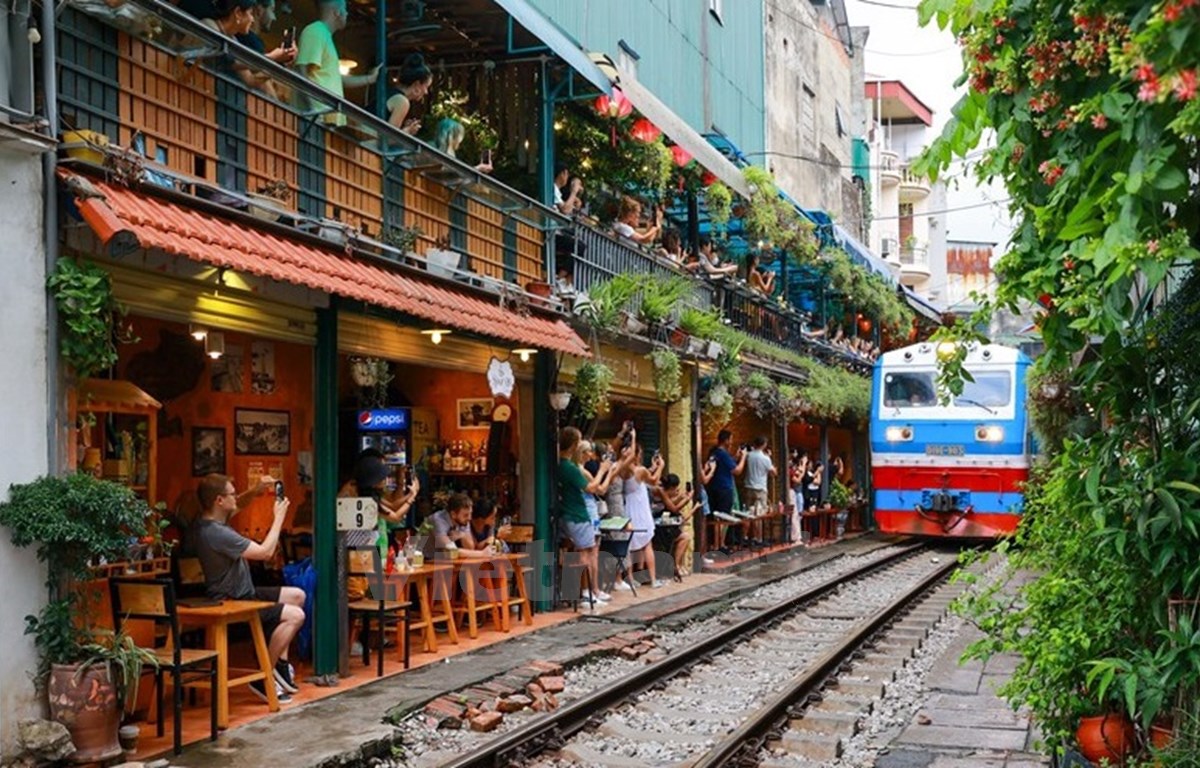
Hanoi, the capital city of Vietnam, is a charming blend of old and new. The Old Quarter, with its narrow streets and traditional architecture, is a must-visit for any tourist. Here, you can wander through the bustling markets, sample street food, and visit ancient temples and pagodas.
The French Quarter, on the other hand, offers a glimpse into Vietnam’s colonial past. The grand boulevards, elegant buildings, and sidewalk cafes give the area a European feel. Visitors can also explore the Ho Chi Minh Mausoleum, where the preserved body of Vietnam’s former leader is on display.
Ho Chi Minh City – The Vibrant Metropolis

Formerly known as Saigon, Ho Chi Minh City is a bustling metropolis in southern Vietnam. Here, you will find a mix of modern skyscrapers, historic landmarks, and chaotic streets filled with motorbikes.
A visit to the War Remnants Museum is a must for any tourist, as it offers a sobering look at the Vietnam War and its impact on the country. The Notre Dame Cathedral and the Central Post Office are also popular attractions, showcasing the city’s French colonial influence.
Tranquility by the Shores: Discover Vietnam’s Pristine Beaches and Coastal Gems
Vietnam’s coastline stretches over 3,000 kilometers, offering an abundance of pristine beaches and coastal gems. From secluded coves to bustling beach towns, there is something for every type of traveler.
Ha Long Bay – A Natural Wonder
Ha Long Bay, located in northern Vietnam, is a UNESCO World Heritage Site and one of the country’s most iconic destinations. The emerald waters, dotted with thousands of limestone karsts, create a surreal and breathtaking landscape.
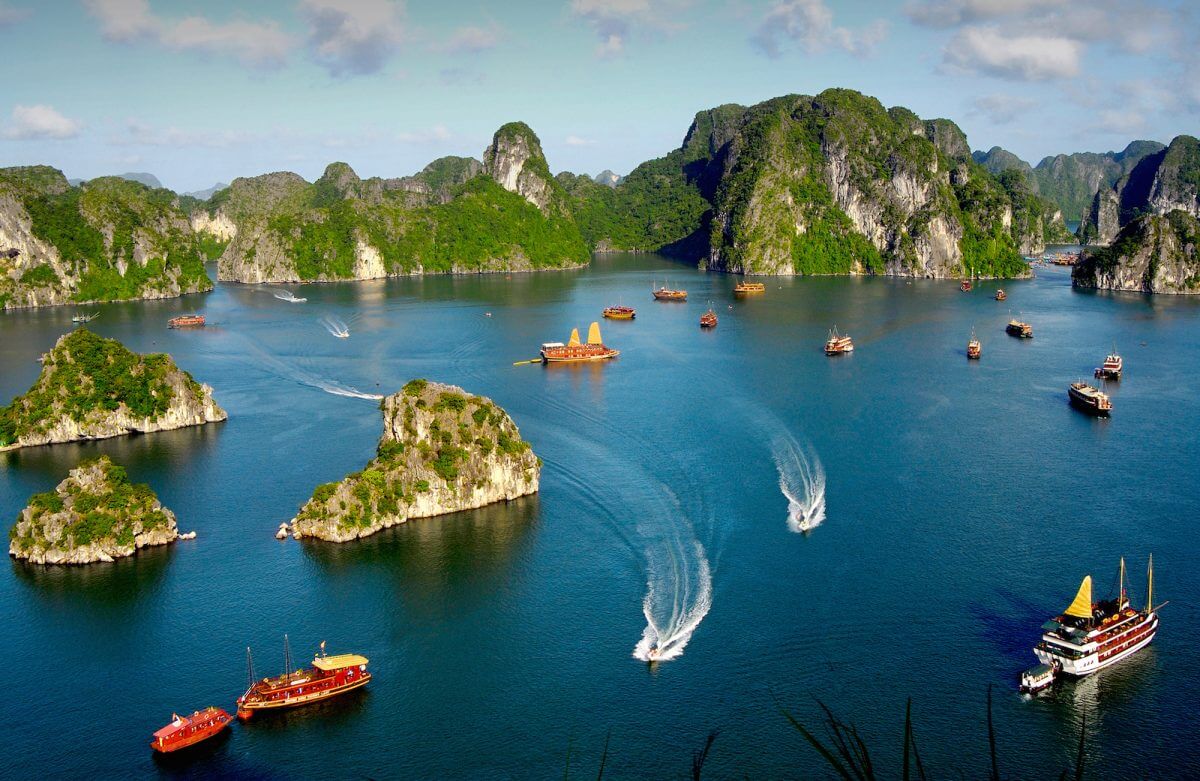
Visitors can take a cruise through the bay, stopping at various islands and caves along the way. It is also possible to stay overnight on a boat, allowing you to witness the stunning sunrise and sunset over the bay.
Mui Ne – A Beach Paradise
Mui Ne, located in southern Vietnam, is a popular beach destination known for its golden sand dunes and crystal-clear waters. It is a favorite among water sports enthusiasts, with activities like kiteboarding and windsurfing available.
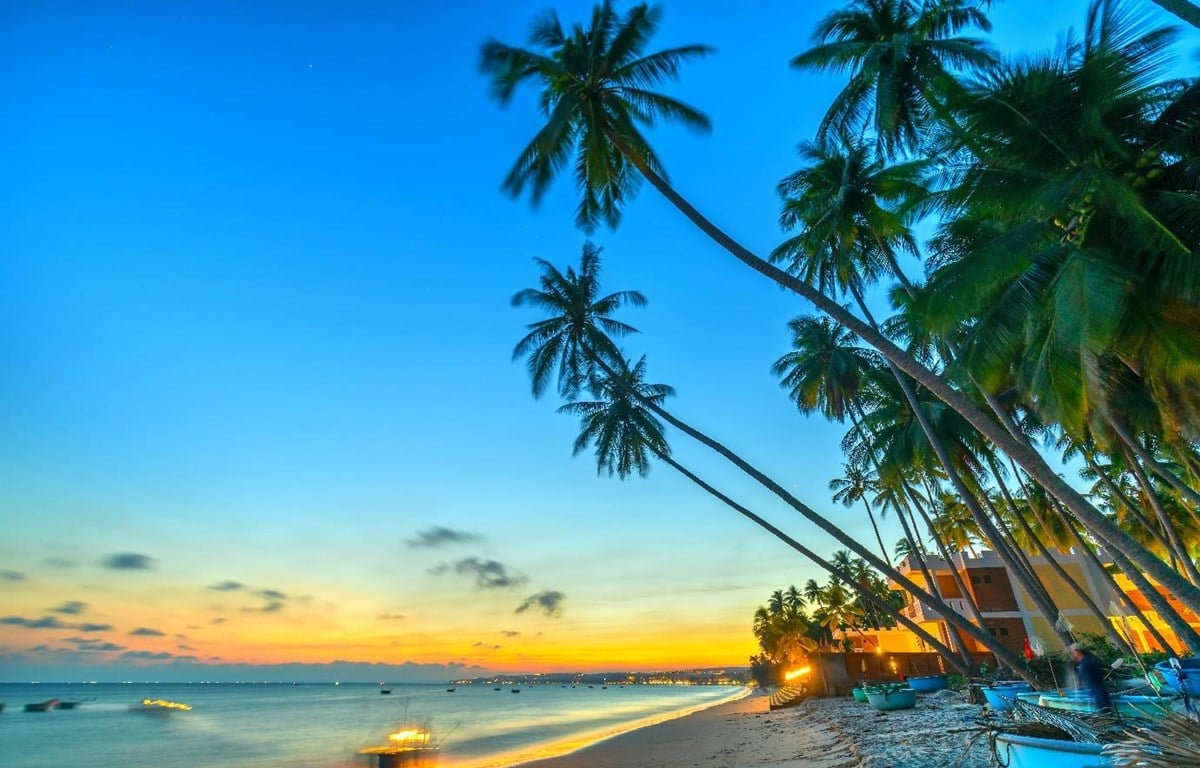
For those looking for a more relaxed experience, Mui Ne also offers tranquil beaches and luxury resorts. The nearby fishing village of Mui Ne is also worth a visit, where you can witness the local way of life and sample fresh seafood.
Nha Trang – A Vibrant Coastal City
Nha Trang, located in central Vietnam, is a vibrant coastal city known for its beautiful beaches and lively nightlife. Visitors can enjoy a range of activities, from snorkeling and scuba diving to exploring the nearby islands and waterfalls.
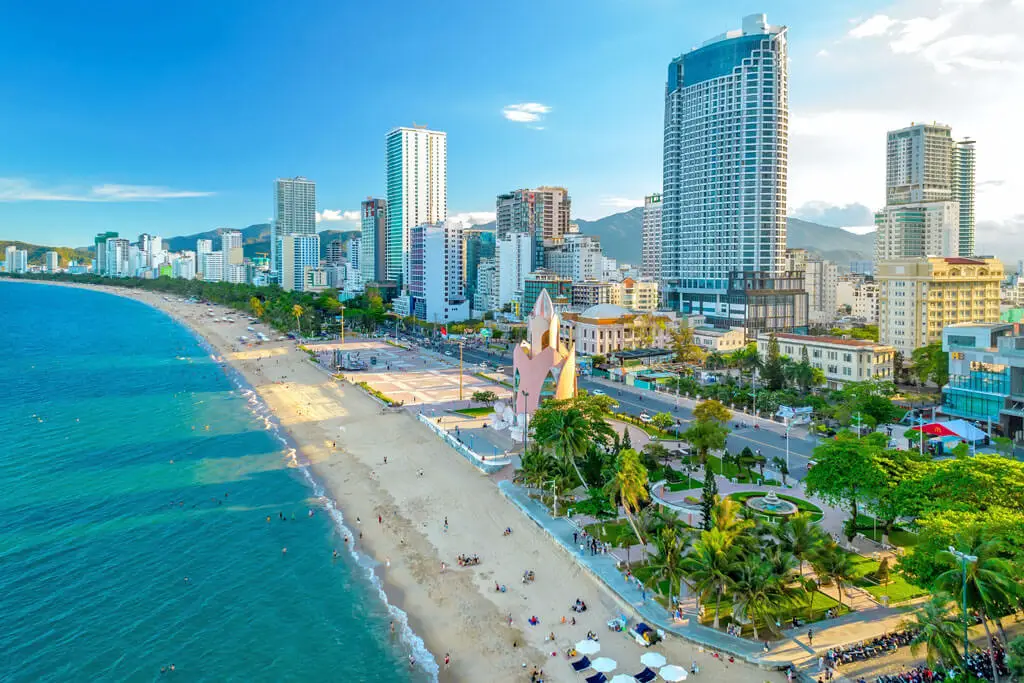
The city also has a rich history, with sites like the Po Nagar Cham Towers and Long Son Pagoda showcasing its cultural heritage. For Chinese tourists, Nha Trang offers a mix of familiar and unique experiences, making it a popular destination.
Vietnam’s Historical Treasures: Journey Through Ancient Kingdoms and Empires
Vietnam’s history is a long and complex one, with influences from various empires and kingdoms. From ancient ruins to imperial citadels, there are many historical treasures waiting to be discovered in Vietnam.
The Imperial City of Hue
Located in central Vietnam, the Imperial City of Hue was once the capital of the Nguyen Dynasty. The city is home to the Citadel, a vast complex of palaces, temples, and gardens that served as the residence of the royal family.

Visitors can explore the Citadel and its many buildings, including the Forbidden Purple City, where only the emperor and his concubines were allowed to enter. The Imperial City of Hue is a must-visit for history buffs and those interested in Vietnam’s imperial past.
Hoi An – A Living Museum
Hoi An, located in central Vietnam, is a charming town that has been well-preserved since the 15th century. Its narrow streets, lined with ancient houses and temples, make it feel like a living museum.

The town is also known for its lantern festival, held on the 14th day of each lunar month. During this time, the streets are lit up with colorful lanterns, creating a magical atmosphere. Visitors can also take part in traditional activities like lantern-making and silk weaving.
My Son Sanctuary – A Window into the Past
My Son Sanctuary, located in central Vietnam, is a collection of Hindu temples built by the Champa Kingdom between the 4th and 14th centuries. The site is a window into Vietnam’s pre-colonial past and is a UNESCO World Heritage Site.
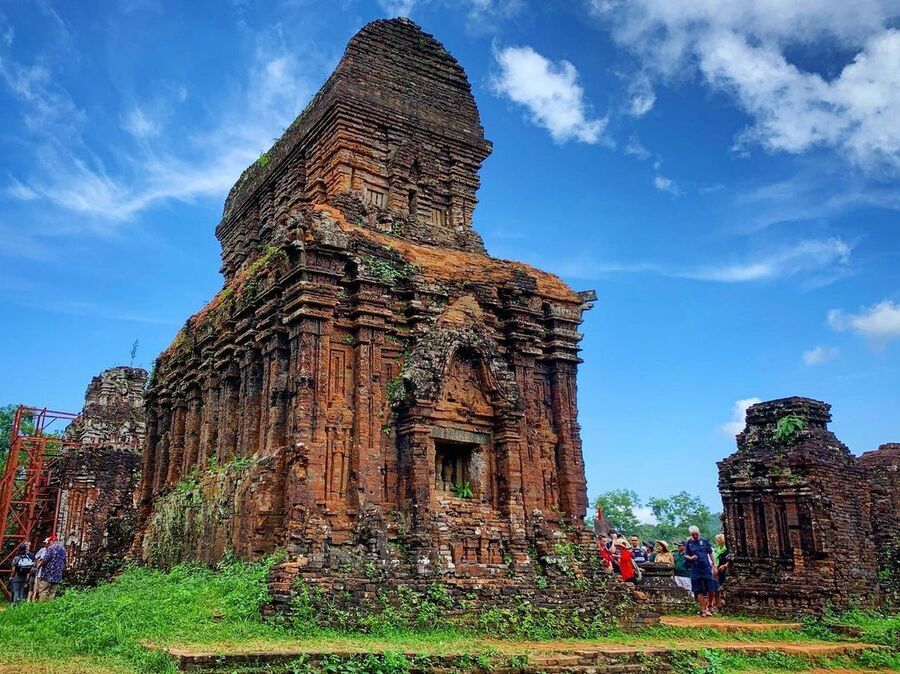
Visitors can explore the ruins of the temples, which were built using red bricks and decorated with intricate carvings. The site also offers a glimpse into the Champa culture and their religious beliefs.
Mystical Charms of Vietnam: Delve into Local Religions, Beliefs, and Festivals
Vietnam is a country deeply rooted in religion and spirituality. Buddhism, Confucianism, and Taoism are the main religions practiced in the country, each with its own set of beliefs and traditions.
Buddhism in Vietnam
Buddhism has been practiced in Vietnam for over 2,000 years and is the largest religion in the country. Visitors can witness this religion’s influence at temples and pagodas throughout Vietnam, where locals come to pray and make offerings.
One of the most famous Buddhist sites in Vietnam is the Perfume Pagoda, located in the Huong Tich Mountains. It is a popular pilgrimage site, particularly during the annual Perfume Pagoda Festival, held from January to March.
Confucianism and Taoism in Vietnam
Confucianism and Taoism are also widely practiced in Vietnam, with many temples and shrines dedicated to these beliefs. One of the most famous sites is the Temple of Literature in Hanoi, which was built in honor of Confucius and his teachings.
Taoism, on the other hand, focuses on living in harmony with nature and the universe. Visitors can witness this belief in action at the Thien Hau Temple in Ho Chi Minh City, where locals come to pray for good health and fortune.
Festivals in Vietnam
Vietnam is known for its vibrant festivals, which are an important part of the country’s culture and traditions. These festivals celebrate everything from harvests and religious events to historical figures and mythical creatures.
One of the most famous festivals is Tet, the Lunar New Year celebration, which is a time for family reunions, feasting, and honoring ancestors. Other popular festivals include the Mid-Autumn Festival, the Hung Kings Temple Festival, and the Hue Festival.
Trekking and Exploring Vietnam’s Majestic Mountains: A Nature Lover’s Paradise
Vietnam is a nature lover’s paradise, with its diverse landscapes and stunning mountain ranges. From trekking through lush rainforests to exploring hidden caves, there is no shortage of outdoor adventures in Vietnam.
Sa Pa – A Trekker’s Dream
Sa Pa, located in northern Vietnam, is a picturesque town nestled amidst the Hoang Lien Son mountain range. It is a popular destination for trekkers, offering breathtaking views of the surrounding valleys and rice terraces.

Visitors can embark on multi-day treks through the mountains, staying overnight in homestays in ethnic minority villages. This is a great way to experience the local culture and customs while taking in the stunning scenery.
Fansipan – The Roof of Indochina
Fansipan, also known as the “Roof of Indochina,” is the highest mountain in Vietnam, standing at 3,143 meters. It is a challenging trek, but the reward is worth it, with panoramic views of the surrounding mountains and valleys.

For those who prefer a less strenuous option, there is a cable car that takes visitors to the summit. At the top, you can visit the Fansipan Legend complex, which includes a temple, gardens, and restaurants.
Cat Ba National Park – A Hidden Gem
Cat Ba National Park, located on Cat Ba Island in northern Vietnam, is a hidden gem waiting to be discovered. The park is home to over 1,500 species of plants and animals, including the endangered golden-headed langur.
Visitors can explore the park on foot or by bike, taking in the lush forests, limestone cliffs, and hidden waterfalls. It is also possible to take a boat tour through the park’s mangrove forests, where you can spot various species of birds and marine life.
Cruising the Enchanting Waters: Ha Long Bay, Mekong Delta, and Beyond
Vietnam’s enchanting waters offer a unique way to experience the country’s natural beauty. From cruising through emerald bays to navigating through winding rivers, there are many options for water-based adventures in Vietnam.
Ha Long Bay – A Must-Do Experience
Ha Long Bay is not only a natural wonder but also a must-do experience for any tourist visiting Vietnam. The best way to explore this stunning bay is by taking a cruise, which allows you to visit different islands and caves along the way.
There are various types of cruises available, from budget-friendly options to luxury boats with all-inclusive packages. Whichever option you choose, cruising through Ha Long Bay is an unforgettable experience.
Mekong Delta – A River Adventure
The Mekong Delta, located in southern Vietnam, is a vast network of rivers, canals, and islands. Taking a boat tour through the delta is a great way to witness the local way of life and explore the region’s diverse ecosystem.
Visitors can also visit floating markets, where locals sell their produce and goods from their boats. It is a fascinating experience and a great way to interact with the friendly locals.
Ninh Binh – The Inland Ha Long Bay
Ninh Binh, located in northern Vietnam, is often referred to as the “inland Ha Long Bay.” This region is known for its stunning karst landscapes, rice paddies, and ancient temples.
Taking a boat tour through the Trang An Grottoes is a popular activity in Ninh Binh. The tour takes you through a series of caves and waterways, surrounded by towering limestone cliffs and lush greenery.
A Warm Welcome Awaits: Unforgettable Experiences with Vietnam’s Friendly Locals
One of the most memorable aspects of traveling to Vietnam is the warm welcome you will receive from the locals. Vietnamese people are known for their hospitality and friendly nature, making visitors feel at home in this beautiful country.
Homestays – A Unique Cultural Experience
Staying in a homestay is a great way to experience the local culture and customs while getting to know the friendly locals. Many homestays are located in ethnic minority villages, allowing visitors to learn about their way of life and traditions.
Homestays also offer authentic and delicious home-cooked meals, giving visitors a taste of traditional Vietnamese cuisine. It is an unforgettable experience that allows you to connect with the locals on a deeper level.
Interacting with Locals
Interacting with locals is a great way to learn more about Vietnam and its people. Whether it’s through a cooking class, a language exchange, or simply striking up a conversation, the locals are always happy to share their knowledge and experiences with visitors.
For Chinese tourists, interacting with locals can also be a great way to practice your Mandarin skills. Many Vietnamese people speak Mandarin, and they will be delighted to converse with you in your native language.
The Spirit of Community
Vietnamese people have a strong sense of community and are always willing to lend a helping hand. This is evident in the many volunteer opportunities available for tourists, such as teaching English at local schools or participating in community projects.
Being a part of these activities not only allows you to give back to the community but also gives you a deeper understanding of Vietnamese culture and values. It is a meaningful and rewarding experience that will stay with you long after your trip.
Conclusion
Vietnam boasts captivating scenery, a vibrant cultural legacy, delectable food, lively urban centers, unspoiled coastlines, historical gems, enchanting allure, and friendly reception. It caters to all kinds of travelers, whether they are nature enthusiasts, thrill-seekers, culinary aficionados, or history enthusiasts. With its varied and enthralling attractions, Vietnam is undeniably a top destination for those seeking an unforgettable travel adventure.

